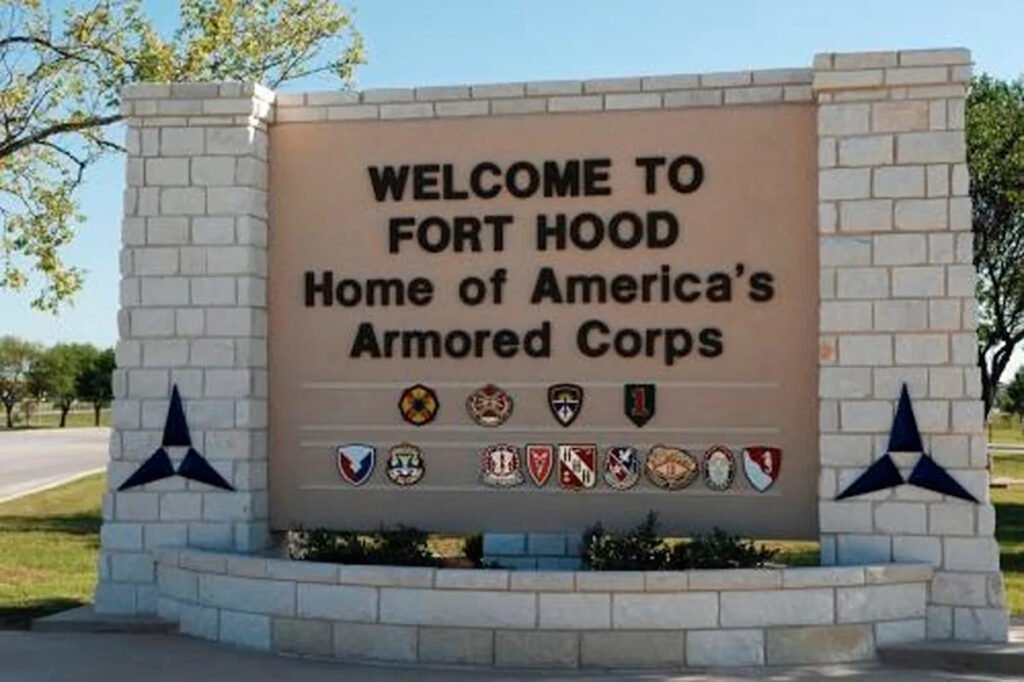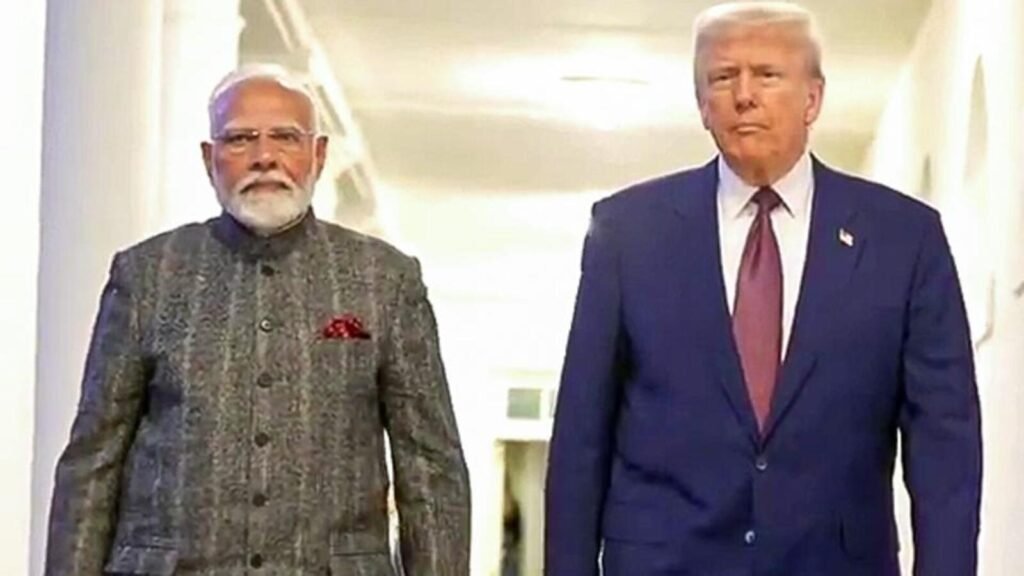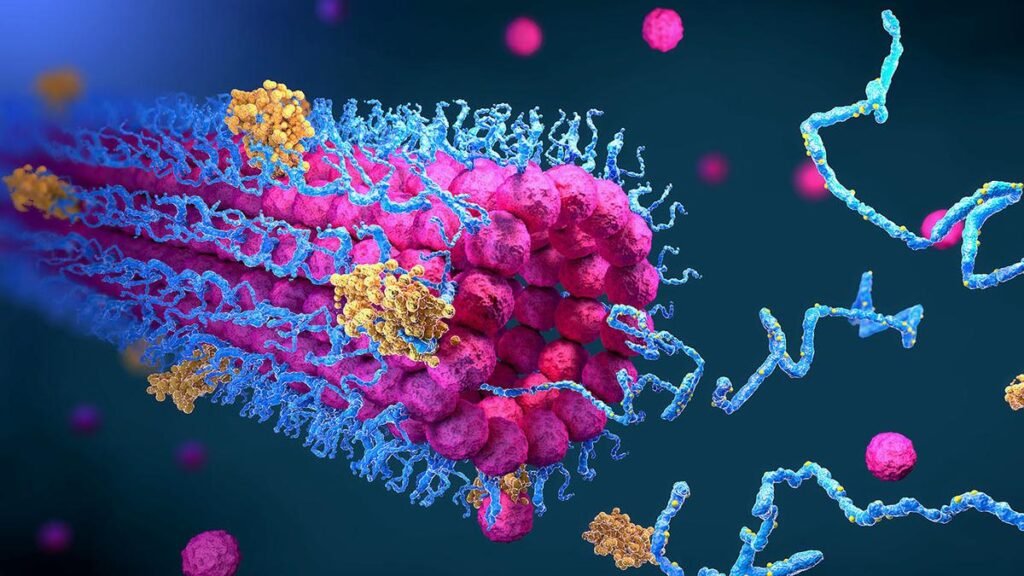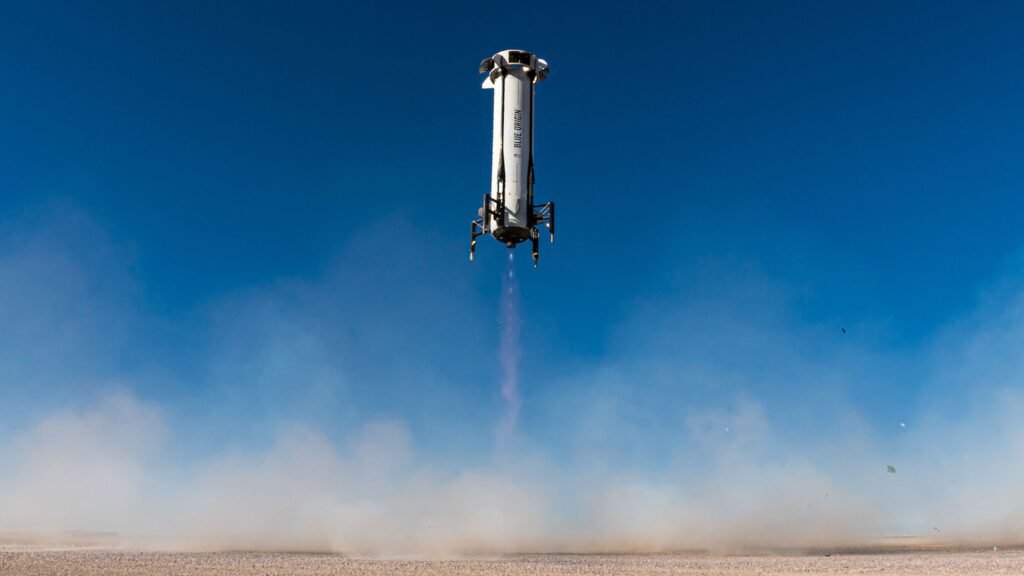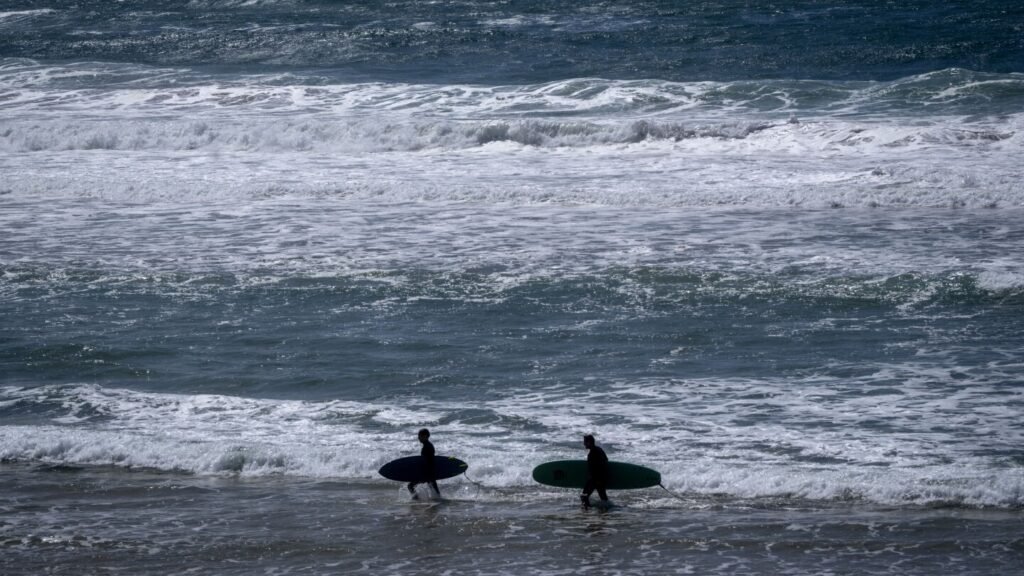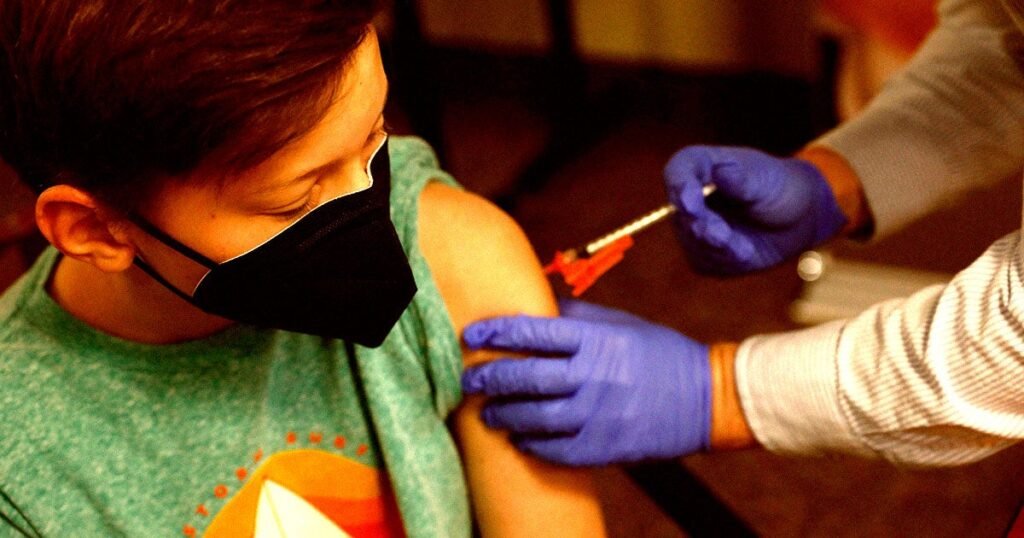Now Reading: Fort Stewart shooting marks the latest US military base attack in recent years
-
01
Fort Stewart shooting marks the latest US military base attack in recent years
Fort Stewart shooting marks the latest US military base attack in recent years

An Army sergeant shot and wounded five fellow soldiers on Aug. 6 at the Fort Stewart military base in Georgia, the latest in a growing number of violent, and sometimes deadly, incidents at U.S. military bases over the years.
The base was briefly placed on lockdown just after 11 a.m. local time following reports of an active shooter. The suspect was identified as Sgt. Quornelius Radford, a 28-year-old automated logistics noncommissioned officer who was subdued by other soldiers and taken into custody, officials said at a news conference.
The suspect had opened fire in an area of the south Georgia installation associated with the 3rd Infantry Division’s 2nd Armored Brigade Combat Team. All five injured are in stable condition and were expected to recover, according to Army Brig. Gen. John Lubas, the commander of the 3rd Infantry Division and Fort Stewart.
The Aug. 6 shooting is the second in recent years to occur in the 3rd Infantry Division’s 2nd Armored Brigade Combat Team’s workspace. In December 2022, a fellow soldier shot and killed Sgt. Nathan Hillman is in the unit’s building complex.
Here’s a look at five other military base shootings since 2000.
Fort Stewart shooting: Army says sergeant shot 5 soldiers at base in Georgia. All expected to recover.
Nov. 5, 2009: Fort Hood, Texas
U.S. Army Major and psychiatrist Nidal Hasan, 39, entered the Readiness Processing Center building in Killeen, Texas’ Fort Hood Army post on Nov. 5, 2009, and opened fire, killing 13 and injuring more than 30 others. He appeared to target soldiers in uniform and reportedly passed over civilians in his path on several occasions.
Hasan was shot five times by civilian police Sgt. Mark Todd, paralyzing him from the waist down and stopping the rampage. He was convicted in 2013 of 13 counts of premeditated murder and 32 counts of attempted premeditated murder and sentenced to death.
He is currently being held at the U.S. Disciplinary Barracks at Fort Leavenworth in Kansas, still awaiting execution after a series of appeals. In March 2025, the Supreme Court denied Hasan’s final petition for review of his case, confirming his death sentence.
He was motivated by Islamic extremism and opposition to the wars in Afghanistan and Iraq, according to notes shared with Fox News.

Fort Hood has been the site of two major shootings since 2009.
Sept. 16, 2013: Washington Navy Yard, D.C.
In the morning hours of Sept. 16, 2013, 34-year-old Aaron Alexis entered Building 197 of the Naval Sea Systems Command headquarters in Washington, D.C.’s Navy Yard, carrying a disassembled sawed-off shotgun in a bag.
Once inside, he reassembled the gun and began shooting. He moved through the fourth, third, and first floors of the building, ultimately killing 12 and injuring eight more. After expending all of his shotgun ammo, Alexis used a 9mm Beretta M9 pistol he took off a security guard he killed to exchange fire with police. D.C. Police Emergency Response Team officer Dorian DeSantis ultimately shot Alexis in the head, killing him.
All of the victims were civilians or contractors, not in the military.
Alexis had previously been a member of the Navy, serving in the Fleet Logistics Support Squadron 46 at the Naval Air Station Joint Reserve Base Fort Worth. He was honorably discharged in January 2011 after less than four years of service, though he had reportedly been cited for misconduct on multiple occasions.
After leaving the Navy, he received secret-level security clearance and served as a subcontractor.
While no motive has been definitively determined, CNN reported that Alexis was under the belief that he was being “controlled or influenced by extremely low frequency electromagnetic waves” leading up to the shooting.
April 2, 2014: Fort Hood, Texas
Fort Hood was again the scene of a mass-casualty shooting on April 14, 2014. Army Specialist Ivan Lopez, 34, entered the Transportation Battalion administrative office around 4 p.m. that afternoon and began shooting with a .45-caliber Smith & Wesson M&P pistol, injuring three soldiers.
He then drove and later walked through the base, ultimately killing three and injuring 16. When confronted and fired at by a military police officer, Lopez shot himself in the head.
While Lopez had gotten into an argument with the soldiers in the Transportation Battalion building before the shooting, Lt. Gen. Mark Milley said at the time that “there was no indication that he was targeting specific people.”
Lopez was undergoing “psychiatric treatment for depression and anxiety and a variety of other psychological” problems, Milley said, and was being evaluated for post-traumatic stress disorder following a tour in Iraq where he saw no combat.
Dec. 4, 2019: Joint Base Pearl Harbor-Hickam, Hawaii
On Dec. 4, 2019, 22-year-old Machinist’s Mate (Auxiliary) Fireman Gabriel A. Romero opened fire at the Joint Base Pearl Harbor-Hickam naval shipyard in Honolulu, Hawaii. Romero shot three Department of Defense civilian workers, killing two, before killing himself.
The shooting took place days before thousands of people were planned to flood the base for an event commemorating the 78th anniversary of the Japanese attack on Pearl Harbor.
No formal motive was ever identified, according to a Navy investigation. The Associated Press, citing a military official, reported that Romero was unhappy with his commanders and had been undergoing counseling.

The view of the Nimitz Gate sign at the entrance to Joint Base Pearl Harbor-Hickam on December 4, 2019, in Honolulu, United States. Early reports say a man in a sailor uniform shot and killed himself after shooting three people.
Dec. 6, 2019: Pensacola Naval Air Station, Florida
On the morning of Dec. 6, 2019, a mass shooting took place at Pensacola’s Naval Aviation Schools Command. Mohammed Saeed Alshamrani, a second lieutenant in the Royal Saudi Air Force, was visiting the base as part of a training program sponsored by the Pentagon when he used a 9mm Glock to open fire in a classroom building.
Alshamrani was shot and killed just 15 minutes later in a gunfight with Escambia County sheriff’s deputies and the base’s security force. In that time, he moved through multiple floors of the building, killing three U.S. Navy sailors and injuring eight more.
In January 2020, the Department of Justice officially labeled the attack as an act of jihadist terrorism, and al-Qaeda claimed credit for the killings a month later. The FBI later confirmed the terrorist groups’ involvement.
Contributing: Davis Winkie and Jeanine Santucci, USA TODAY
This article originally appeared on USA TODAY: How common are US military base shootings? A look at recent attacks


